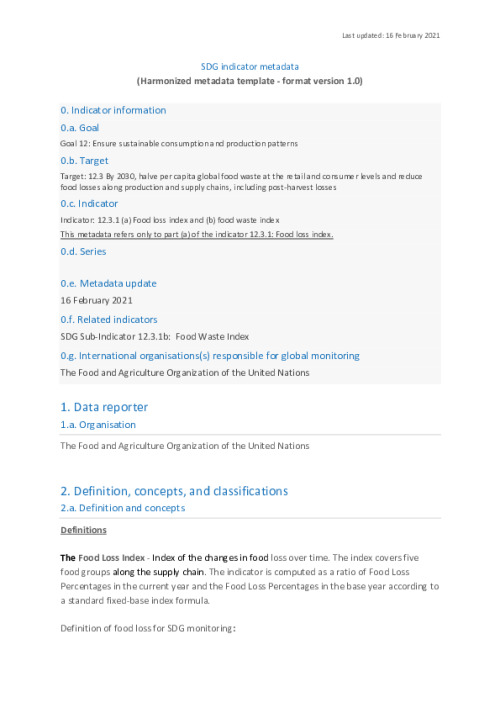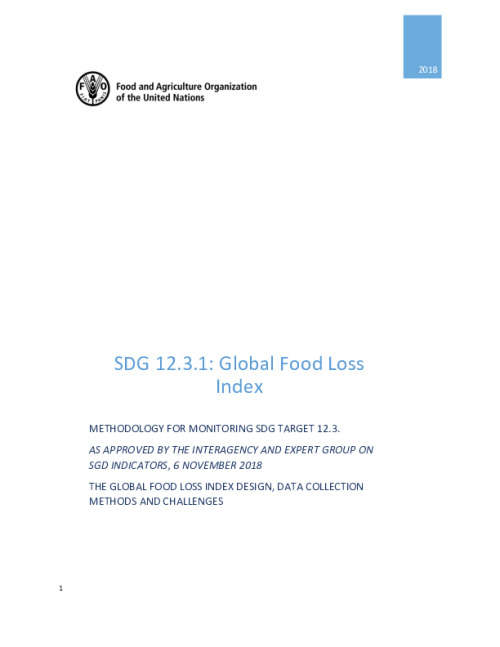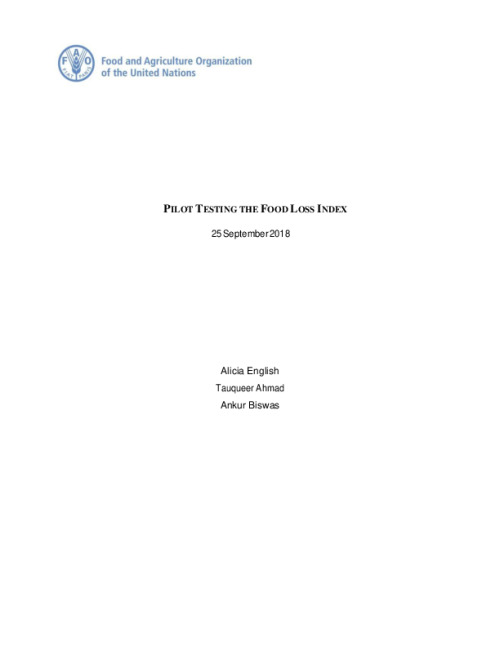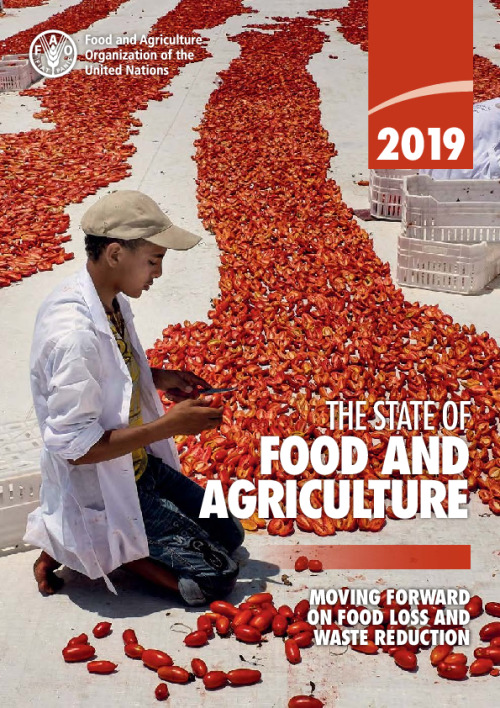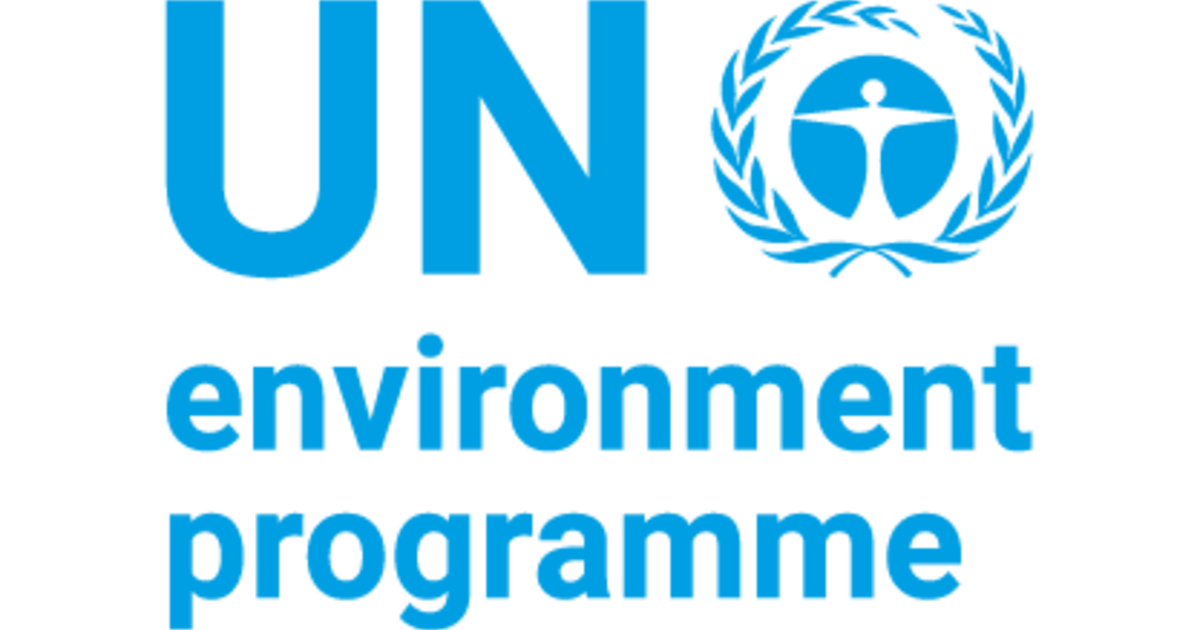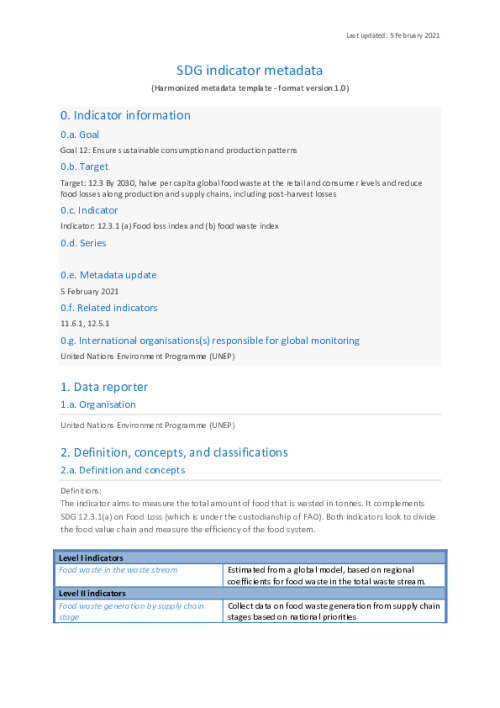
Food and Agriculture Organization of the United Nations (FAO)
FAO is a leading actor in coordinating global initiatives, activities and projects on food loss and waste reduction, partnering with UN agencies, other international organizations, the private sector and civil society. It is the custodian agency for Target 12.3: ´By 2030, halve per capita global food waste at the retail and consumer levels and reduce food losses along production and supply chains, including post-harvest losses.`.
FAO is the custodian agency of Sub-Indicator 12.3.1a which measures Food Losses through its Food Loss Index (FLI). The FLI measures the changes in percentage losses of a country over time by comparing the percentage losses in the current period to percentage losses in the base year. The index covers the supply stages of food chains, from harvest up to but not including retail. The objective is to show the impact of policy and investment of the efficiency of the supply chain.
FAO collaborates with donors, bi- and multi-lateral agencies, financial institutions and private sector partners to develop and implement programmes on food loss and waste reduction, such as SAVE FOOD: Global Initiative on Food Loss and Waste Reduction. FAO also manages the Food Loss and Waste Database, the largest online collection of data on both food loss and food waste and causes reported throughout literature. This database aims to help monitor the state of food loss, and gathers data and information from almost 500 publications, reports, and studies from organizations like the World Bank, GIZ, FAO, IFPRI, and more.
Responsible for:
FAO Statistics Division
-
Food and Agriculture Organization of the United Nations (FAO)
-
sdg-indicators@fao.org


